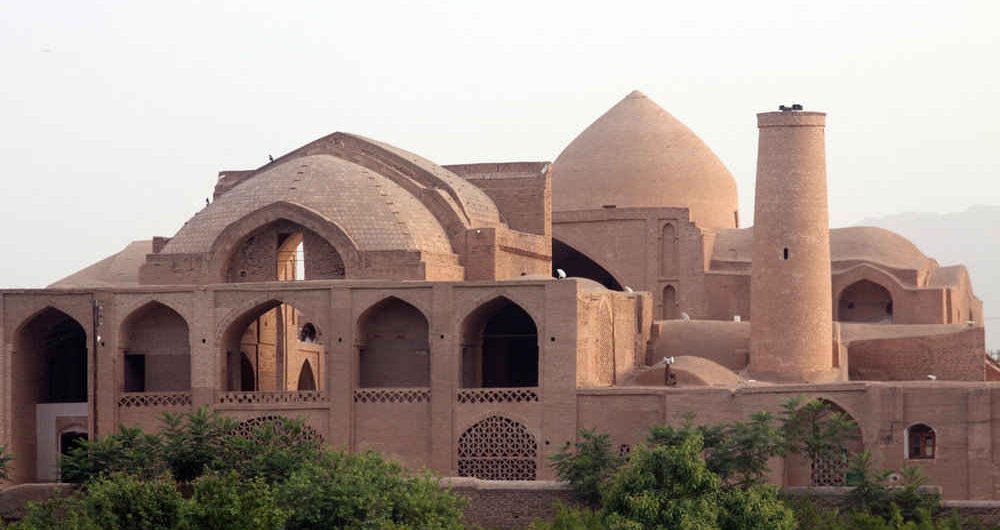Ardestan
Ardestan is located near Dasht-e Kavir, one of two deserts in central Iran. For centuries, its inhabitants had to cope with extreme heat and lack of water. The locals dug long tunnels (Kariz) in order to bring the water available from the springs in the mountains to Ardestán. The Kariz system, that is, the aqueduct canals, is an ingenious invention of the Iranian highland inhabitants of the 5th century BC. In fact, in Iran, especially in the desert areas, there are still vestiges of this system, which is known as a World Heritage Site by UNESCO.
Ardestán is a small town located on the Yazd-Kashan highway and is not far from Isfahan. In the Middle Ages, Ardestán was one of the most prosperous cities in the region, as evidenced by its great Aljama mosque. The Quran requires that all Muslims in a city participate in Friday noon prayer, which is why the great mosque where they gather is called the Great Friday Mosque.
Ancient Mosques of Ardestan
The Aljama Mosque of Ardestán is of great historical importance as it incorporates the later architectural styles of the Sassanids, the Buyis, the Seljuks and the Safavids. The two-story hypostyle mosque of Ardetan has a courtyard with four porticoes (iwan) surrounded by arcades.
In the 10th century, the city of Bukhara, present-day Uzbekistan, became the capital of the Samanid kingdom that encompassed northeastern Iran. The Samanids claimed to be the descendants of a Sassanid general and were later replaced by the Ghaznavids, who were defeated by the Seljuks, a Turkic-speaking tribe from Central Asia, in 1040. They adopted Persian as the official language of their empire. The Ghaznavid and Seljuk rulers were administered under the sultanate, a title that signifies power and has a more secular than religious connotation. In Persia, the Seljuk sultans became known as the Great Seljuks and established their capital at Isfahan. Today, there are architectural masterpieces in the Isfahan area dating back to the Seljuk period including the Aljama Mosque and other similar monuments in Isfahan.
The inscriptions of the Aljama Mosque of Ardestán indicate the date of 1158-1160 as the date of construction, but it is most probable that the construction of the mosque had begun around the year 1000, before the Seljuk conquest. Its exterior has an irregular appearance, while the interior is structured around a square courtyard with four porticoes (iwans), gigantic niches that are considered the typical feature of Persian architecture since the Sassanid period. Most likely, the porticoes were redesigned in the 16th century, but they were not decorated with tiles, as was the custom at that time, showing that Ardestán had already lost its importance.
Domes had a special meaning in ancient temples and early churches because they symbolized the vault of heaven, but they were not easy to build. The Romans built the great dome of the Pantheon using pozzolana, a very effective mortar. The Byzantine dome of Saint Sophia in Istanbul is supported by huge pillars. Seljuk architects found an easier solution to the problem of vaulting a large space. The square area of the prayer room is transformed into an octagonal area with four deep niches and, at the end, sixteen smaller niches support the circular dome. The walls of the prayer room are not wide and the niches partially protrude from them. The structure of the dome is impressive considering that it has withstood the ravages of time, including earthquakes. The secret of its robustness seems to be the bricks arranged in a herringbone under a stucco decoration.
If you are passionate about mountains, hiking, anthropology, historical landscapes and fascinating culture of the Middle East, SITO Travel will help you organize your trip to Iran. Get in touch with us because our experience is born and developed in the field.



Comments